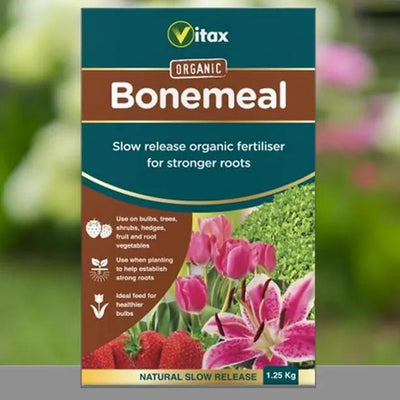Limelight Apple Trees
Limelight Apple Trees produce mid-season eating apples that store well. They were specifically bred with the amateur grower in mind and are really easy to grow. They produce heavy crops of yellow-green eating apples that are deliciously crisp, sharp and refreshing. The apples ripen on the tree successively from September to early November and keep for a few weeks, so you have a long eating season. The windfalls are excellent for juicing. Limelight apples are well named; the yellow-green fruits are almost luminous and contrast beautifully against the dark green foliage making this a really attractive specimen tree.
Browse our full range of apple trees or see all the fruit trees we sell.
Features
-
Fruit: Eating. Yellow-green. Medium sized. Sharp flavour and crisp, juicy texture
-
Pollination: Group D
-
Harvesting: September. Stores for a few weeks
-
Characteristics: Spur fruiting, hardy, heavy cropping
-
Suitable for: Training, freestanding, organic cultivation
Garden Design Ideas
Limelight is best planted in an open, sunny spot, away from frost pockets. They're not self-fertile, which means they need other apples planted nearby to aid pollination. For suitable partners, you can view our full range of apple trees here.
They're tidy and compact making them suitable for small gardens. They look great in an orchard, as a specimen in a lawn or worked into an informal or cottage garden planting scheme.
Why not try lining your driveway with apple trees? Their blossom is very attractive to bees and looks beautiful in spring, followed by their highly decorative and delicious fruits through summer and well into autumn.
Look out for: These trees can have some susceptibility to scab. This can be controlled for the following season by pruning out infected branches, removing any fallen fruit or debris and burning.
History & Trivia
Bred by the legendary Henry Ermen, who cross-bred Greensleeves and Discovery, which are both popular garden varieties with fantastic flavour and great disease resistance.








 Secure, One-Tap Checkout
Secure, One-Tap Checkout
 Hand Picked, Delivered to Your Door!
Hand Picked, Delivered to Your Door! 1 Year Bareroot Guarantee
1 Year Bareroot Guarantee

















